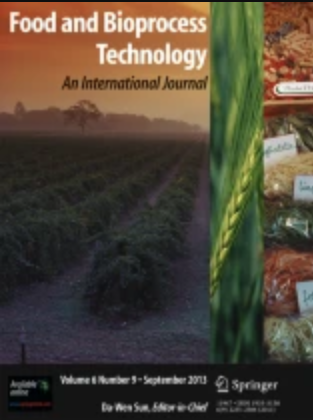Exploring the Potential of Microbubble Innovation in Revolutionizing Food Industry: A Comprehensive Review
Abstract
The review comprehensively explores microbubble innovation (MBI) applications within the food industry, highlighting their remarkable potential beyond their fragile dimensions and unique physical properties. This review addresses the approaches used to create microbubbles, outlines their ability to improve surface cleaning techniques, peers at how they affect the mechanical and functional aspects of food substances, and investigates how they aid in developing organisms in hydroponic farming and biological reactors and currently, highlighting innovations in generating methodologies, their potential effect on the characteristics of food substances. The present study aims to streamline the current state of literature to provide the foundation for future research and academic growth. It is important to emphasize that microbubbles (MB) can be utilized for ecologically friendly food production and processing, which underlines the significance of their growing industrialization. After this review, some observations are provided regarding the obstacles as well as possibilities that can be addressed by microbubble engineering. Recent studies demonstrate that microbubble technology improves sanitation, hygiene, and food processing. These findings reflect the scope of microbubble innovation to modify conventional methods and lead to the establishment of a food production system that is both more productive and more sustainable.

 求助内容:
求助内容: 应助结果提醒方式:
应助结果提醒方式:


